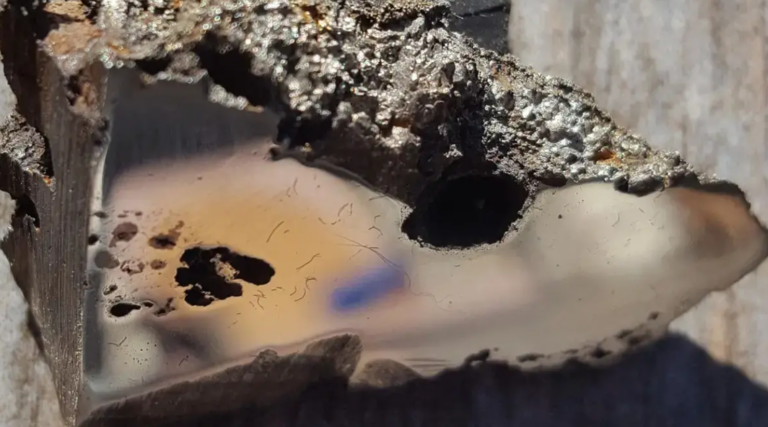Somali Meteorite Unveils Two New Minerals Never Seen on Earth
Scientists Unveil Two New Minerals from Somali Meteorite, Offering Insight into Planetary Formation and Evolution
Scientists from the University of Alberta have recently discovered two new minerals namely elaliite and elkinstantonite in a meteorite found in Somalia. These minerals that were believed to exist only at other celestial bodies were recently found on earth in a 2. Small portion of the meteorite that is 5 ounce while the total weight of the meteorite is 16. Five tones and considered as one of the biggest ever discovered specimens. Specifically, this finding offers fresh knowledge of special ground characteristics beyond Earth tracts and contributes to planet generation insights. However, the meteorite has been moved to China as per some sources, which has destructive implications as to the future scientific study. Here this article presents the readers with the novel find of space minerals.
A meteorite discovered in Somalia has at least two elements that are not discovered on the planet, the University of Alberta posted.
Daily, hundred of tons of space materials re-enter the earth’s atmosphere, and over ninety-five percent of these materials are burnt-off before reaching the surface. Not many manage to reach the status of a meteorite.
Big meteorites are not very frequent but sometimes they do happen for instance the one that occurred in Somalia near El Ali a few years back. Weighing an impressive 16. This meteorite weighs about 5 tons and therefore makes it the ninth biggest meteorite to be found on the surface of the earth.
Two New Minerals in the Meteorite
A small portion of the meteorite which weighs around 2 grams is enough for the test. 5 ounces (70 grams), for later it was dispatched on the University of Alberta for the further analysis. Scientists at the university found out that there are two minerals which are unique to the entire world. ‘Finding new mineral suggests that the geological settings and rocks’ chemical composition are unprecedented’, said Chris Herd, professor in the Department of Earth and Atmospheric Sciences as well as a curator of the university’s Meteorite Collection.
Herd, alongside with UCLA and Caltech team, identified the meteorite as Iron IAB complicated which is formed from meteoritic iron and silicate nodules.
The research also involved the Electron Microprobe Laboratory at the University of Alberta that gave the first analytical identification of the two new minerals. While proving new minerals may often entail much efforts, the researchers were able to confirm their analysis swiftly owing to the fact that the minerals had been synthesized in the laboratory thus enabling a comparison of their compositions.
There is another tentative new mineral that may be present, but this has to be further investigated to assert its existence.
Names of the Minerals
The two confirmed minerals have been named elaliite and elkinstantonite. The name “elaliite” is derived from El Ali, the nearest town to the meteorite’s discovery site, while “elkinstantonite” honors Lindy Elkins-Tanton, a researcher at Arizona State University’s School of Earth and Space Exploration.
“Lindy has made significant contributions to understanding the formation of planetary cores, particularly iron-nickel cores, with iron meteorites being the closest analogs,” Herd remarked in the press release. “Naming a mineral after her is a fitting tribute to her scientific achievements.”
Unfortunately, this may be the last we hear of the El Ali meteorite, as reports indicate it has been moved to China in search of a buyer. It is unclear whether the new owner will allow further scientific analysis or sampling.
Do not forget to share your opinion with us to provide you with the best posts !




0 Comments